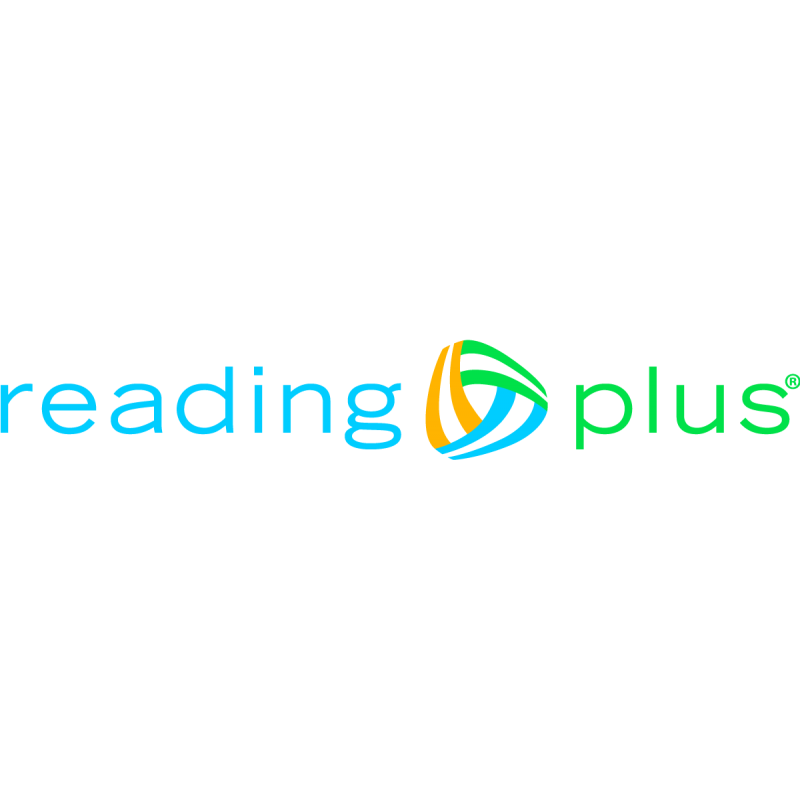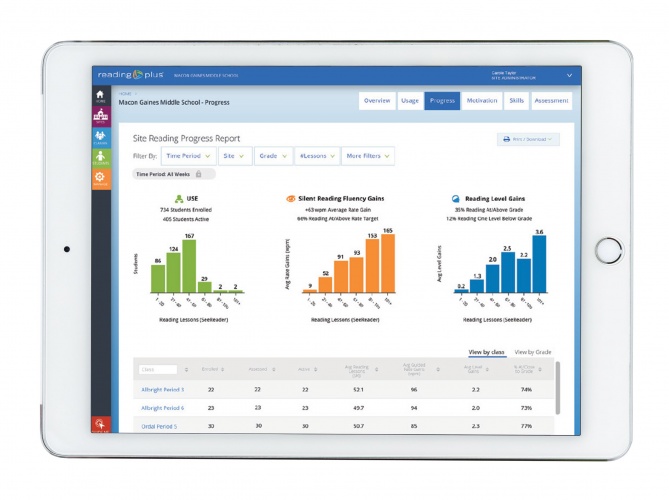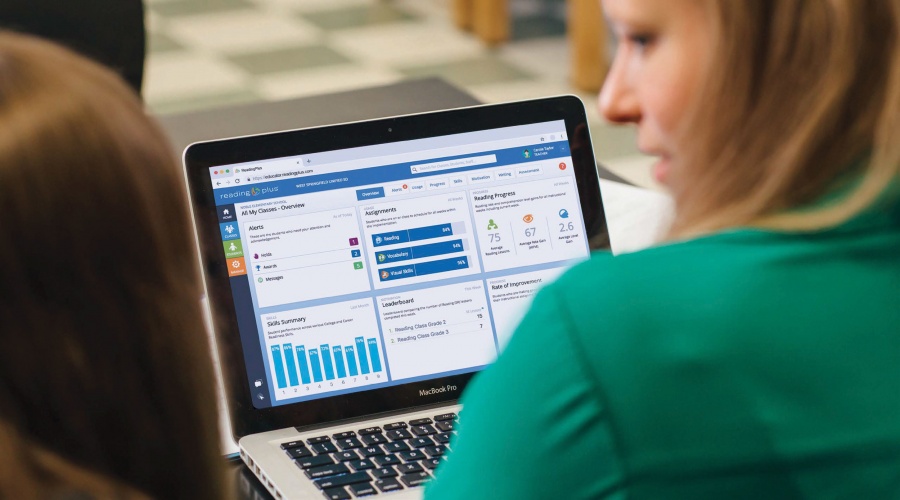Reading books that are structured in different ways and reading for a range of purposes.
Apply their growing knowledge of root words, prefixes and suffixes (morphology and etymology), as listed in English Appendix 1, both to read aloud and to understand the meaning of new words that they meet.
Apply their growing knowledge of root words, prefixes and suffixes (etymology and morphology) as listed in English Appendix 1, both to read aloud and to understand the meaning of new words they meet.
Distinguish between statements of fact and opinion.
Identifying how language, structure and presentation contribute to meaning.
Summarising the main ideas drawn from more than one paragraph, identifying key details that support the main ideas.
Drawing inferences such as inferring characters’ feelings, thoughts and motives from their actions, and justifying inferences with evidence.
Understand what they read by checking that the book makes sense to them, discussing their understanding and exploring the meaning of words in context.
Increasing their familiarity with a wide range of books, including myths, legends and traditional stories, modern fiction, fiction from our literary heritage, and books from other cultures and traditions.
Continuing to read and discuss an increasingly wide range of fiction, poetry, plays, non-fiction and reference books or textbooks.
Identifying how language, structure, and presentation contribute to meaning.
Identifying main ideas drawn from more than one paragraph and summarising these.
Drawing inferences such as inferring characters’. feelings, thoughts and motives from their actions, and justifying inferences with evidence.
Checking that the text makes sense to them, discussing their understanding and explaining the meaning of words in context.
Identifying themes and conventions in a wide range of books .
Increasing their familiarity with a wide range of books, including fairy stories, myths and legends, and retelling some of these orally.
Read further exception words, noting the unusual correspondences between spelling and sound, and where these occur in the word.
Continue to apply phonic knowledge and skills as the route to decode words until automatic decoding has become embedded and reading is fluent.
Re-read these books to build up their fluency and confidence in word reading.
Read aloud books closely matched to their improving phonic knowledge, sounding out unfamiliar words accurately, automatically and without undue hesitation.
Read most words quickly and accurately, without overt sounding and blending, when they have been frequently encountered.
Read further common exception words, noting unusual correspondences between spelling and sound and where these occur in the word.
Read words containing common suffixes.
Read accurately words of two or more syllables that contain the same graphemes as above.
Read accurately by blending the sounds in words that contain the graphemes taught so far, especially recognising alternative sounds for graphemes.
Understand books by answering and asking questions.
Understand books by checking that the text makes sense to them as they read and correcting inaccurate reading.






User reviews for Reading Plus
You need to log in to post a review.